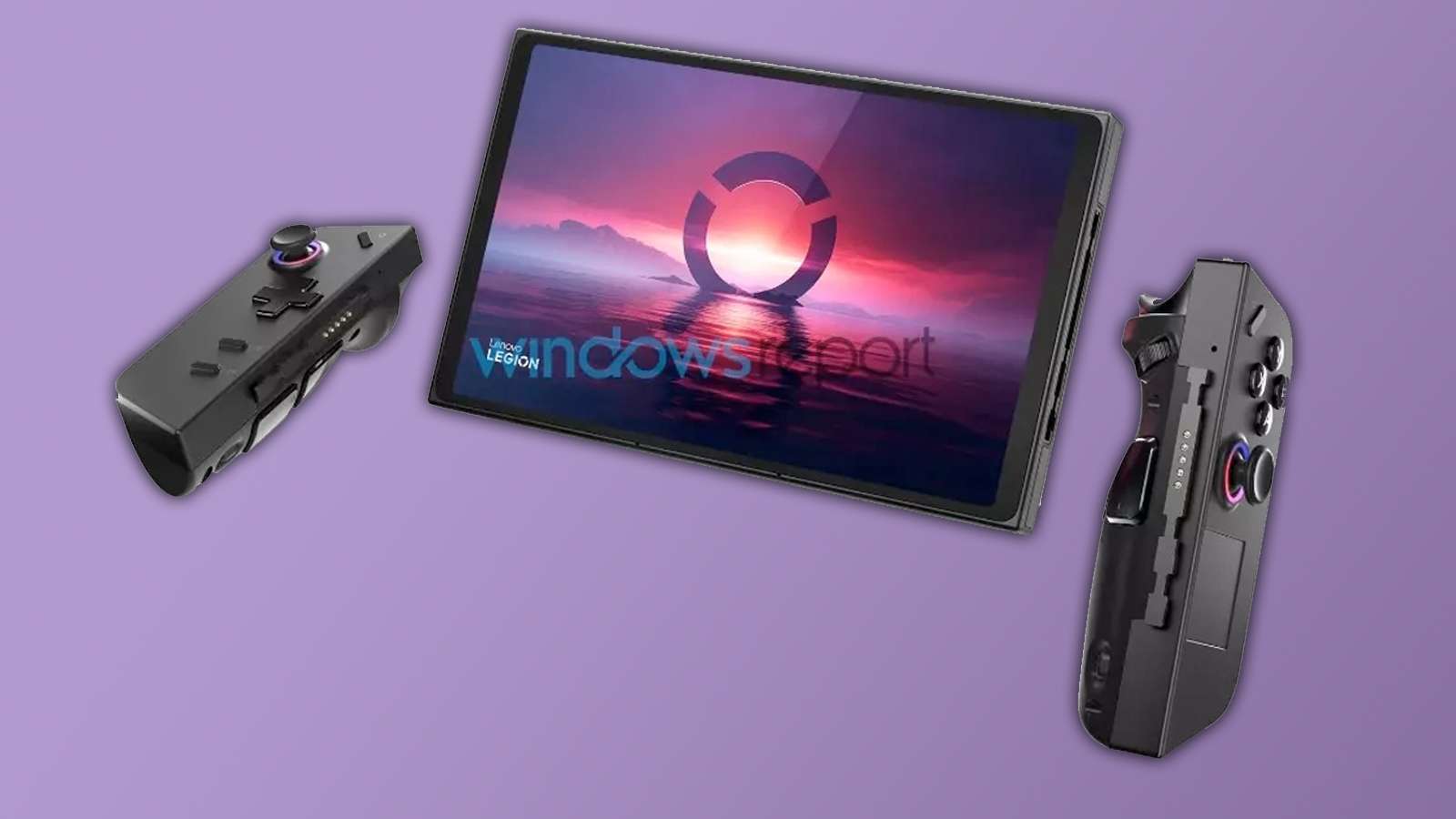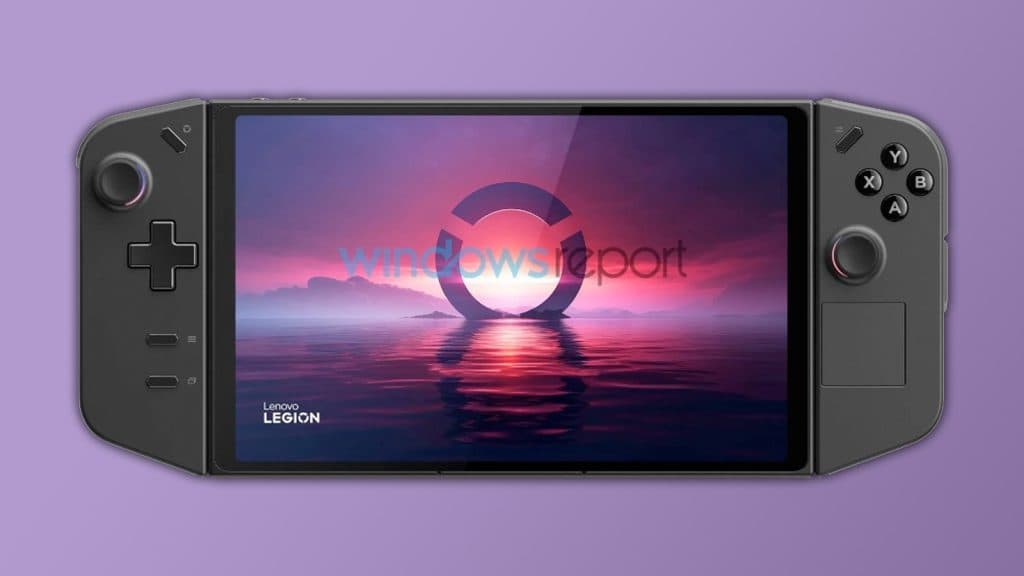Lenovo Legion Go specs leak & it’s looking powerful

The Lenovo Legion Go leaked last week, and it will be using the same chips as the ROG Ally, according to the latest leaks.
Lenovo is in the process of resurrecting its gaming handheld plans with the Legion Go. Having leaked out last week, the Switch-inspired Windows 11 handheld was said to be housing AMD’s custom Phoenix chip, the Z1.
This is the same system-on-chip as the Asus ROG Ally and is essentially an offshoot of the 7840U laptop chip found in Ayaneo’s handhelds.
However, three CrossMark benchmarks labeled with Lenovo have appeared on the web sporting two different versions of the Z1, with its Extreme counterpart. The Z1 Extreme debuted alongside the Asus ROG Ally but hasn’t been housed in any other handhelds since. We never got to try the Z1 version, as it was released much later.
Lenovo appears to be going the same route as its competitor, with key differences in the specs for both versions. The Z1 appears to only feature a meager 256GB SSD, while the Z1 Extreme has a more standard 512GB. There are also two versions of the Z1 Extreme, with assumptions pointing to Lenovo simply testing which SSD is the better option.
We also get an idea of the screen, which is going to be a 2560×1600 resolution. This is considerably more than the Steam Deck (800p) and Asus ROG Ally (1080p). The upcoming Ayaneo Kun will feature a 1200p screen, as did the Ayaneo 2S.
Performance on the system should be offset by FSR and Intel XeSS supersampling, but our time with the ROG Ally found that the Z1 Extreme is incredibly capable.
Lenovo Legion Go specs

| Spec | Extreme version | Regular version |
|---|---|---|
| CPU/APU | Z1 Extreme | Z1 |
| Cores | 8 | 6 |
| Threads | 16 | 12 |
| RAM | 16GB DDR5 (7500MHz) | 16GB DDR5 (7500MHz) |
| Storage | 512GB (listed as 476GB) | 256GB (listed as 238GB) |
| Screen Resolution | 2560×1600 | 2560×1600 |
As we haven’t much idea about the comparisons of the Z1 and Z1 Extreme – most others have bought the Extreme version of the ROG Ally – we do get an insight into the differences between the two upcoming units.
In a weird turn and presumably due to how the machines were tuned, the regular Z1 scores much higher on the CrossMark tests. The Extreme scored a 1275 (Samsung PM991) and 1241 (SN740 SSD) overall, while the Z1 version managed to pull off a 1573.
Underneath, the Power Management options give an insight into why this might be. “Power Slider” for the Z1 is set to “Best Performance”, while the two Z1 Extreme models are set to Better Battery.
On top of this, CrossMark isn’t exactly designed for gaming, but more usage of the device, so once we have our hands on the Lenovo Legion Go, we’ll have definitive proof.
We still have no idea about the date or pricing of the device, but we’re suspecting that it could reach an Asus ROG Ally level, rather than a Steam Deck.